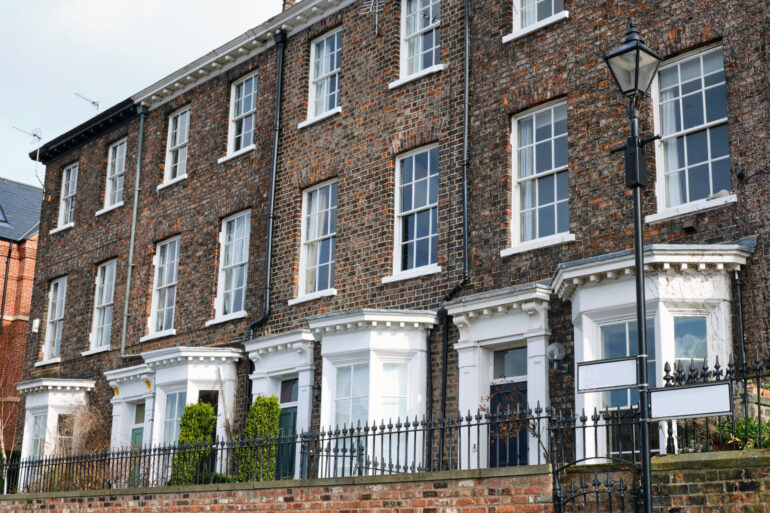According to largemortgageloans.com (LML), prime property owners need to act now if they want to manage the drastic hike in their energy bills expected in two years’ time.
When the Government’s energy price guarantee came into effect on the 1st October 2022, a typical household will expect to pay around £2,500 per year in energy bills.
But many homes, particularly prime properties, are not ‘typical’ with factors such as age and size of a property having an impact on the amount of energy used.
Paul Welch, CEO and founder of LML, said: “The recent rise in energy prices coupled with escalating inflation and mortgage rates means that every homeowner in the UK is affected by the cost-of-living crisis.
“Wealthier individuals, who are likely to own prime properties, may be business owners […] who have the added strain of covering energy costs associated with keeping their companies afloat.
“Bringing down overall energy costs, in their homes and their businesses, is a priority, particularly given that government help is only temporary.”
LML, provider of mortgage advice to high net worth individuals, in partnership with TwentyCi, discovered that most luxury prime properties with such features as swimming pools and helipads, are in period homes that were built pre-1900.
These properties are more traditionally associated with draughty windows and subsequently higher heating and energy bills.
The true cost of running such luxury period homes will potentially hit eye watering levels in two years’ time, once government relief is lifted.
LML’s research revealed that only 81 prime properties with swimming pools in the UK have been built since 2010, three years after the introduction of Energy Performance Certificates (EPCs), a legal requirement which highlights how energy efficient a property is.
Property age is the single biggest factor when it comes to energy-efficiency, as almost all homes built since 2012 have a high energy-efficiency rating, however only 12% of homes built before 1900 can match that performance.
To get their homes in order, period property owners should consider installing green technologies, such as an air-source heat pump or solar panels, in order to take the sting out of future energy bills – such updates could significantly reduce energy bills whilst increasing the value of the property.
Welch added: “Unfortunately, many prime properties which are owned by wealthier individuals are period homes and retrofitting this type of building can come with added complications, particularly if it’s a listed or historic building, all of which can add to the overall costs.
“However, if a prime property owner is living in their dream home and they are committed to carrying out the work that is needed, then there are lending options available should they need to raise the finance to complete the necessary improvements.
“In addition, any significant improvements made that result in a better EPC rating will lower running costs and could increase the value of the property, so it’s money well spent in the long term.”



